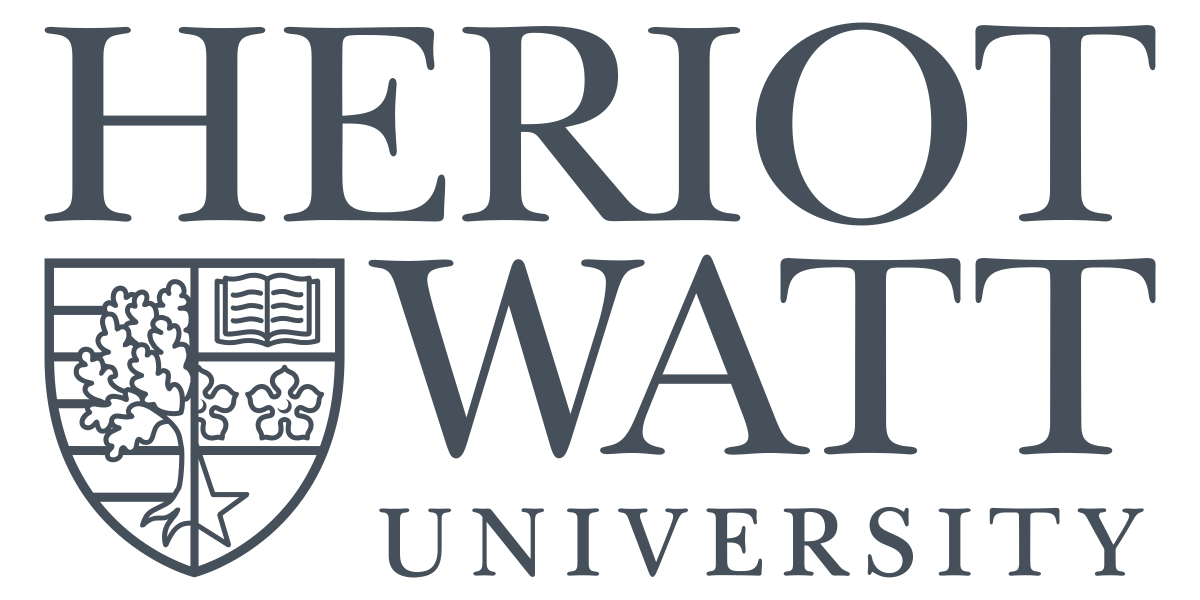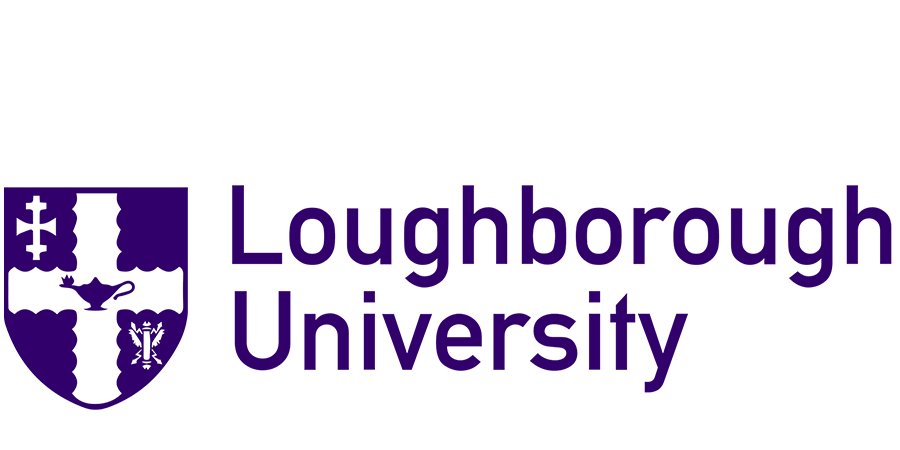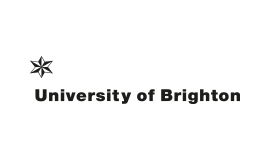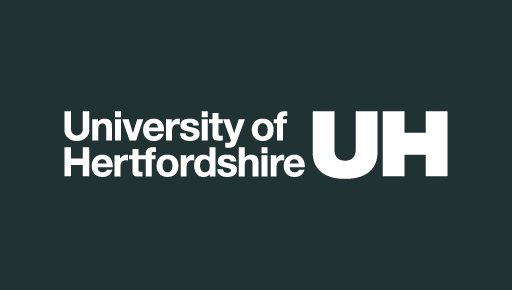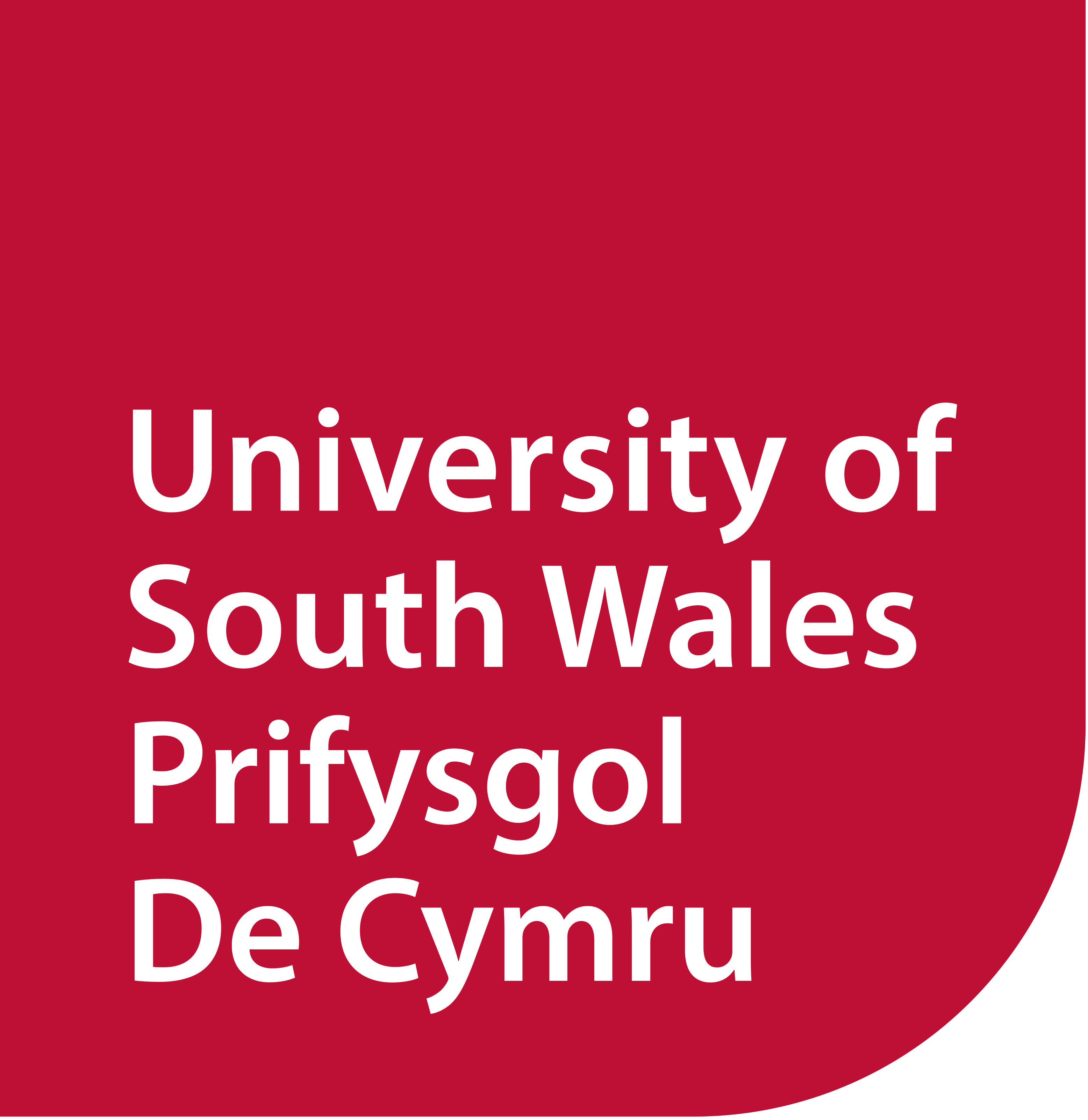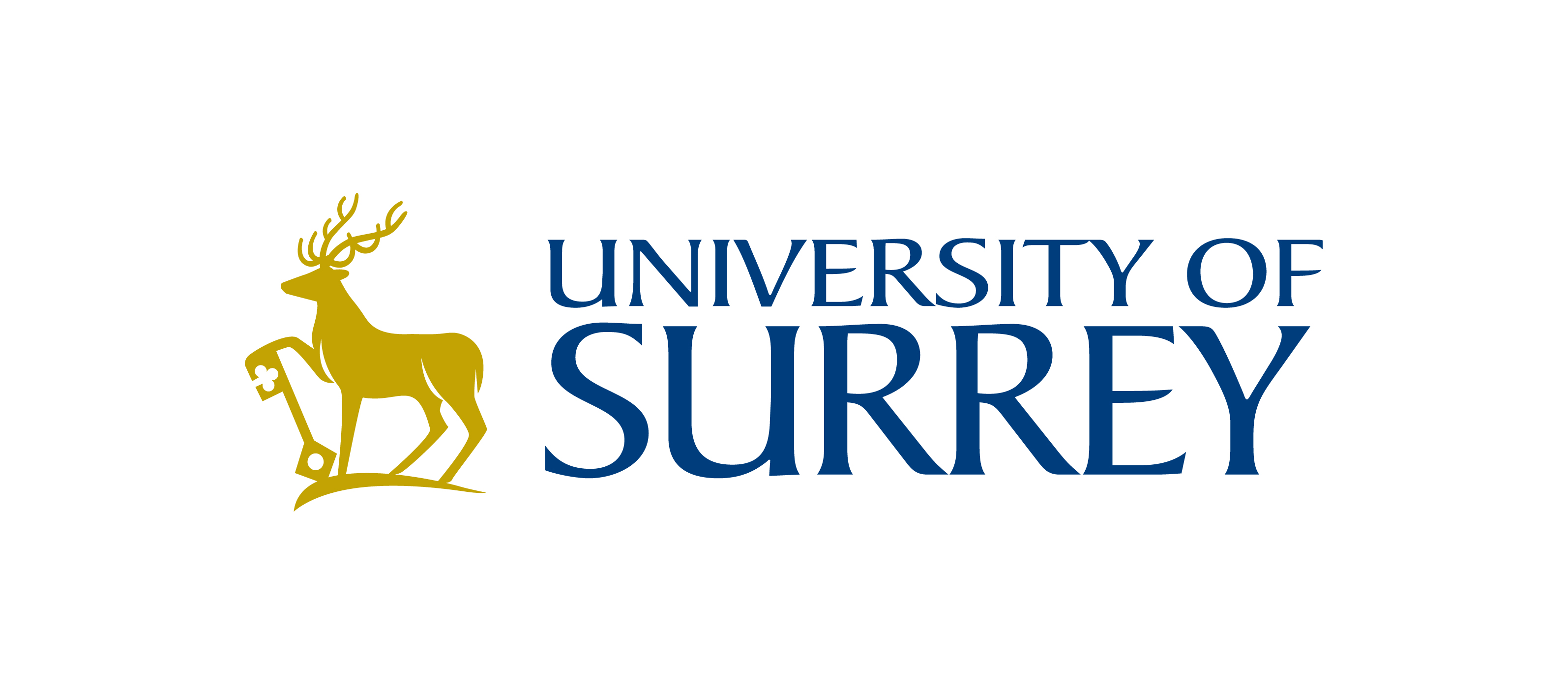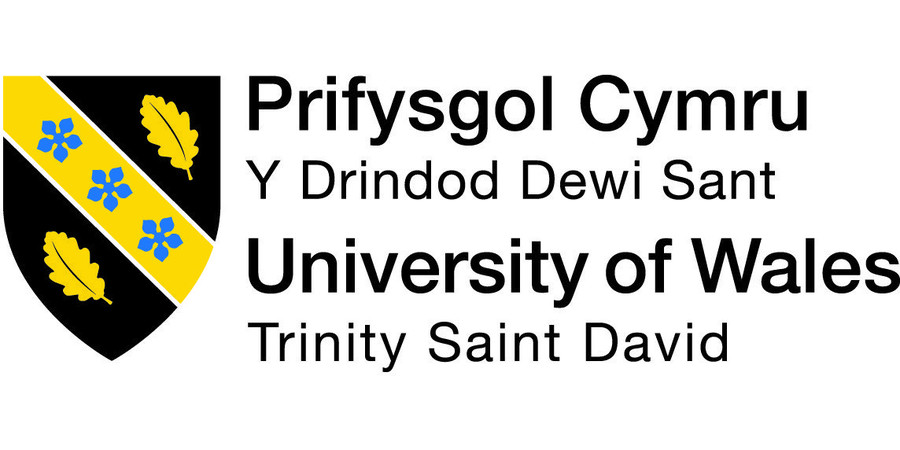Automotive Engineering: Drive Your Future with Global Expertise
Are you passionate about cars, innovation, and the future of transportation? Automotive Engineering is the perfect field for aspiring engineers who want to design, build, and advance vehicles that shape the world. As an Indian student, studying Automotive Engineering abroad opens doors to cutting-edge technology, world-class facilities, and a booming global job market. With India's automotive sector growing rapidly—expected to reach $300 billion by 2026—this degree equips you with skills to contribute to electric vehicles, autonomous driving, and sustainable mobility right back home.
From hybrid engines to smart safety systems, Automotive Engineering combines mechanical, electrical, and software engineering to revolutionize how we travel. Abroad, you'll gain hands-on experience in advanced labs and collaborate with industry leaders like Tesla, BMW, and Ford. This page guides you through everything you need to know about pursuing this exciting course overseas.
Why Choose Automotive Engineering Abroad?
Studying Automotive Engineering in countries like the USA, Germany, UK, or Australia offers unparalleled advantages over domestic programs. Here's why Indian students are flocking to these destinations:
- Advanced Curriculum: International programs emphasize emerging technologies like AI in vehicles and eco-friendly designs, which are often ahead of Indian syllabi.
- Industry Exposure: Proximity to global auto hubs (e.g., Detroit in the USA or Stuttgart in Germany) means internships and projects with top companies.
- Research Opportunities: Access to state-of-the-art facilities for prototyping and testing, fostering innovation in areas like battery tech for EVs.
- Global Network: Build connections with diverse peers and professors, enhancing your resume for multinational roles.
- Career Boost: Degrees from abroad are highly valued in India, with alumni often landing high-paying jobs at Tata Motors, Mahindra, or Maruti Suzuki.
For Indian students, this field aligns perfectly with the "Make in India" initiative, allowing you to bring international expertise to boost local manufacturing.
Course Overview and Structure
A typical Bachelor's in Automotive Engineering lasts 3-4 years, while a Master's takes 1-2 years. The curriculum blends theory with practical training, preparing you for real-world challenges.
Core Subjects Covered
Programs vary by university, but expect a mix of foundational and specialized topics:
| Level | Key Subjects | Focus Areas |
|---|---|---|
| Bachelor's | Mechanics, Thermodynamics, Materials Science | Vehicle dynamics, engine design, basic electronics |
| Bachelor's | Automotive Electronics, Fluid Dynamics | Control systems, aerodynamics for fuel efficiency |
| Master's | Advanced Propulsion Systems, Autonomous Vehicles | Electric and hybrid vehicles, AI integration, sustainability |
| Master's | Vehicle Safety and Simulation | Crash testing, CAD modeling, emissions control |
Many courses include capstone projects, where you design a prototype vehicle, and industrial placements for 6-12 months. In the UK, for instance, programs at Coventry University integrate Formula Student competitions, giving you racing experience.
Duration and Modes
- Full-Time: 3-4 years for undergrad; intensive lab work.
- Part-Time/Online: Flexible options in Australia for working professionals.
- Integrated Programs: MEng (Master's integrated with Bachelor's) in the UK, saving time and money.
Expect 20-25 hours of lectures weekly, plus group projects and simulations using software like MATLAB or ANSYS.
Eligibility Criteria for Indian Students
Admission requirements are straightforward but competitive. Focus on strong academics and relevant skills.
- Academic Qualifications: For Bachelor's, 10+2 with Physics, Chemistry, and Mathematics (minimum 60-70% from a recognized board like CBSE/ICSE). For Master's, a Bachelor's in Mechanical/ Automotive Engineering with 55-65% GPA.
- English Proficiency: IELTS (6.5+ overall), TOEFL (80+), or PTE (58+). Some universities waive this for Indian students from English-medium schools.
- Standardized Tests: GRE for US Master's programs (optional in many cases); SAT for undergrad in the USA.
- Portfolio/Experience: Highlight any auto-related projects, internships, or participation in events like SAE Baja.
- Visa Requirements: Student visa (Tier 4 in UK, F-1 in USA) needs proof of funds (INR 10-15 lakhs for first year) and acceptance letter.
Tip: Start preparing 12-18 months in advance. Indian students often excel due to their rigorous schooling, so emphasize extracurriculars like robotics clubs.
Top Destinations and Universities
Choose based on your goals—Germany for engineering precision, USA for innovation, or UK for quick degrees.
Popular Countries
- Germany: Tuition-free at public universities; strong auto industry (Volkswagen, Mercedes). Ideal for hands-on learning.
- USA: Cutting-edge research; high employability. Focus on EVs and autonomy.
- UK: Shorter programs; post-study work visa up to 2 years.
- Australia: Emphasis on sustainable engineering; vibrant Indian community.
- Canada: Affordable; growing auto sector with opportunities in Ontario.
Recommended Universities
| University | Country | Program Highlights | Approx. Annual Fees (INR) |
|---|---|---|---|
| RWTH Aachen University | Germany | Industry partnerships; free tuition | 2-3 lakhs (living costs) |
| University of Michigan | USA | Top-ranked; EV research labs | 40-50 lakhs |
| Cranfield University | UK | MSc in Automotive Engineering; placements | 25-30 lakhs |
| University of Melbourne | Australia | Sustainable focus; scholarships for Indians | 30-35 lakhs |
| University of Windsor | Canada | Co-op programs; auto corridor location | 20-25 lakhs |
Germany stands out for cost-effectiveness, with DAAD scholarships covering living expenses for Indian students.
Career Prospects and Salary Expectations
Automotive Engineering graduates are in high demand globally, especially with the shift to green mobility. In India, the sector employs over 35 million people, creating ample opportunities.
Job Roles
- Design Engineer: Develop vehicle components; avg. salary INR 6-10 lakhs starting.
- Systems Engineer: Integrate electronics and software; INR 8-12 lakhs.
- Testing Specialist: Ensure safety and performance; INR 7-11 lakhs.
- EV Specialist: Focus on batteries and charging; booming field, INR 10-15 lakhs.
- Project Manager: Oversee production; INR 12-20 lakhs with experience.
Abroad, starting salaries range from $60,000 (USA) to €50,000 (Germany). Many return to India for roles at Hyundai or Bosch, leveraging global experience for faster promotions.
Employability Stats: 95% of graduates find jobs within 6 months (UK data). Certifications like Six Sigma add value.
Benefits for Indian Students
Studying abroad isn't just about the degree—it's a transformative experience:
- Cultural Exposure: Adapt to diverse environments, building soft skills valued by Indian recruiters.
- Financial Aid: Scholarships like Inlaks (up to $100,000) or university-specific grants reduce costs.
- Work Opportunities: Part-time jobs (20 hours/week) in the UK/Australia help cover expenses; post-study visas allow 1-3 years of work.
- Relevance to India: Skills in EVs align with government's FAME scheme, positioning you as a leader in sustainable transport.
- Support Networks: Large Indian student communities and alumni groups ease the transition.
Application Process and Tips
Streamline your journey with these steps:
- Research and Shortlist: Use QS Rankings; apply to 5-7 universities via portals like UCAS (UK) or Common App (USA).
- Prepare Documents: Transcripts, SOP (highlight your passion for autos), LORs from teachers/employers.
- Apply Early: Deadlines: September intake (apply by January); January intake (by September).
- Funding: Explore education loans from SBI/ICICI (up to INR 50 lakhs at low interest); scholarships via British Council or Fulbright for Indians.
- Visa Prep: Attend interviews confidently; show ties to India for return intent.
Pro Tip: Join online webinars from universities and connect with current Indian students on LinkedIn for insider advice.
Conclusion: Accelerate Your Career Today
Automotive Engineering abroad is more than a course—it's your ticket to innovating the mobility of tomorrow. With India's auto industry on the rise, your international degree will make you indispensable. Start exploring applications now and gear up for a rewarding future on the global stage.








